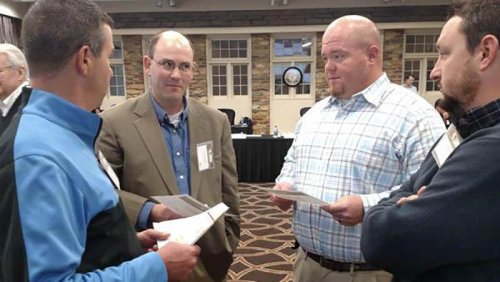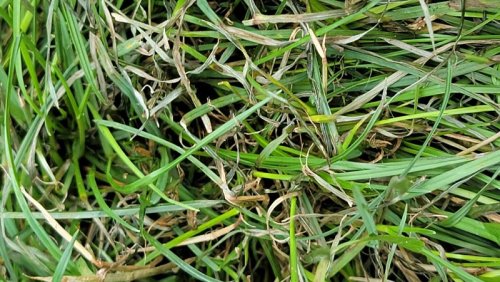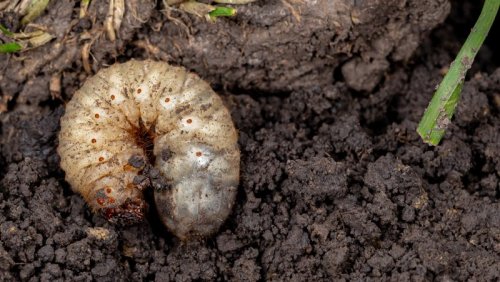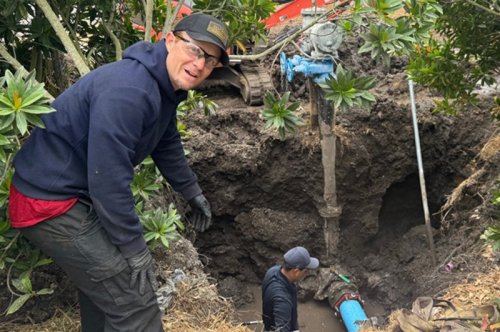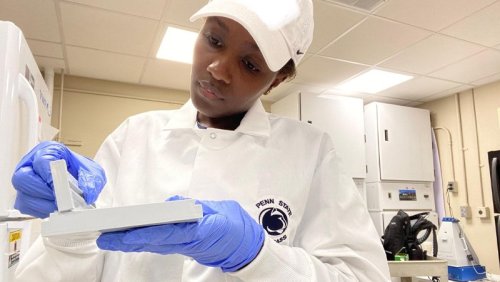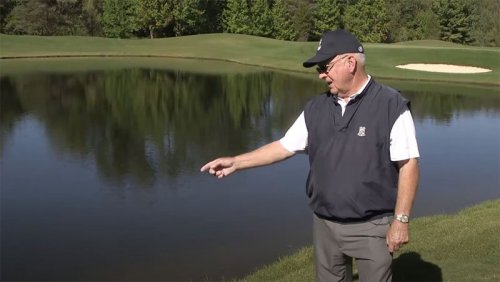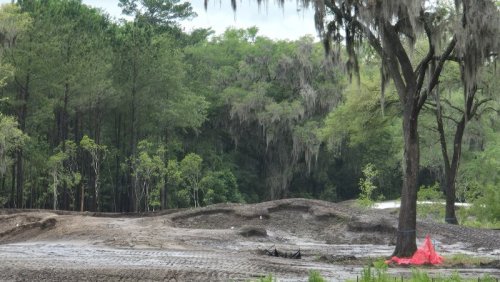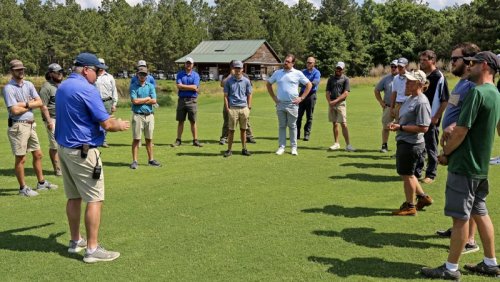
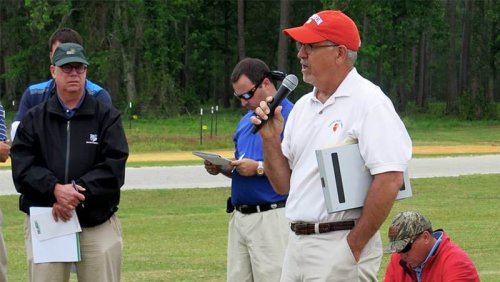
Bruce Martin, Ph.D., professor emeritus at Clemson University, and longtime superintendent Arthur "Max" Morgan Jr. of National Golf Management were named as the newest members of the Myrtle Beach Golf Hall of Fame. They will be inducted Sept. 24 at Pine Lakes Country Club in Myrtle Beach.
In a career that spanned more than 30 years, Martin was a voice of reason for so many superintendents throughout the Grand Strand, as well as the rest of South Carolina and beyond for disease and nematode management.
"Dr. Bruce Martin and Max Morgan are among the architects of Myrtle Beach golf's success," said Tracy Conner, executive director of Myrtle Beach Area Golf Courses Owners Association. "They are both pioneers in golf course agronomy and their contributions behind the scenes ensured that millions of visitors could enjoy world-class playing conditions year-round. Their expertise, leadership and mentorship have helped shape the Grand Strand's golf identity, and their legacies will live on through the countless superintendents, agronomists and courses they influenced."
Martin is a 1976 graduate of Hendrix College, located in his hometown of Conway, Arkansas. He earned master's and doctorate degrees in plant pathology from the University of Arkansas and North Carolina State University, respectively.
He had been working at a research station in Connecticut when his wife was hired at Clemson's Pee Dee Research and Education Center in Florence, South Carolina, so he spent his first year in the Palmetto State working at Horry-Georgetown in Conway, South Carolina where in 1987he established a turfgrass diagnostics lab to help superintendents along the Grand Strand.
His work did not go unnoticed, and the next year he started his 31-year career at Clemson University, where he began work in tobacco and field crops.
Bruce Martin, Ph.D., professor emeritus at Clemson University, here speaking at a Clemson turfgrass research field day, is one of two people who will be inducted this year into the Myrtle Beach Golf Hall of Fame. USGA photo At NC State he studied under Leon Lucas, Ph.D., whom he credited with influencing his career in turf pathology.
From providing diagnoses of turfgrass issues to conducting cutting-edge trials, Martin became noted for developing a host of fungicide programs to combat myriad diseases under a variety of conditions.
Martin was the first in 2001, along with Larry Stowell, Ph.D., the founder of PACE Turf, to diagnose and name Rapid Blight (Labyrinthula terrestris), a disease in cool-season turf typically caused by irrigation water that is high in salt content.
When it came to other types of cool-season grasses and how to help them make it through summer, Martin was on speed dial for a lot of superintendents, regardless of their location. Likewise, he was a regular speaker at regional and national educational events.
Martin's guidance proved especially valuable as courses transitioned to ultradwarf Bermudagrasses like Champion, MiniVerde and TifEagle.
In 2005, Martin was named one of the 10 most influential people in the South Carolina golf industry by the South Carolina Golf Course Ratings Panel. His accolades include the Carolinas GCSA Distinguished Service Award, the Clemson Alumni Award for Distinguished Public Service and the GCSAA Col. John Morley Award in 2014.
A graduate of Horry-Georgetown, Morgan (right) has been VP of National Golf Management since 2012. He has helped shape the golf business and advance the superintendent profession on the Grand Strand for more than 30 years.
He held superintendent roles at Eagle Nest, Waterway Hills, Marsh Harbour and Myrtlewood before taking a position at Myrtle Beach National in 1999. In 2003, he took on the responsibility for the nine additional courses under the same ownership. Founders Group International purchased the company in 2015, and Morgan remained in the same role and currently oversees 21 FGI golf courses in the Myrtle Beach area.
He has brought technical expertise, calm leadership and a deep understanding of both turf science and golfer expectations while prioritizing playability, weathering hurricanes, floods and ice storms. He takes pride in teaching, collaborating and fostering relationships between maintenance crews and golf shop staff.
The Myrtle Beach Golf Hall of Fame was established in conjunction with Myrtle Beach Golf Holiday and the reopening of Pine Lakes Country Club in 2009.
- Read more...
- 2,071 views

